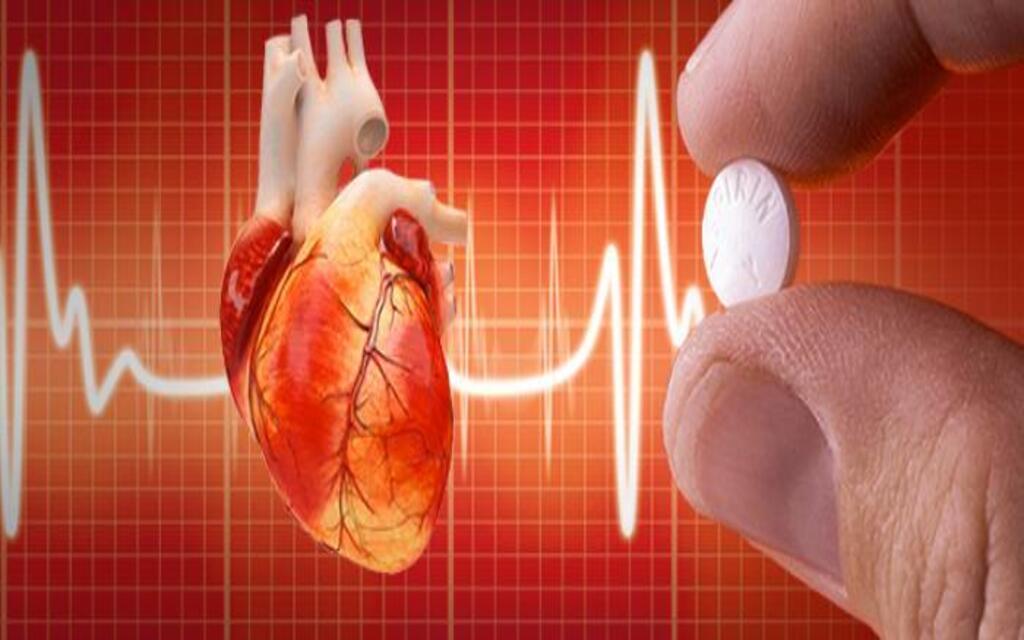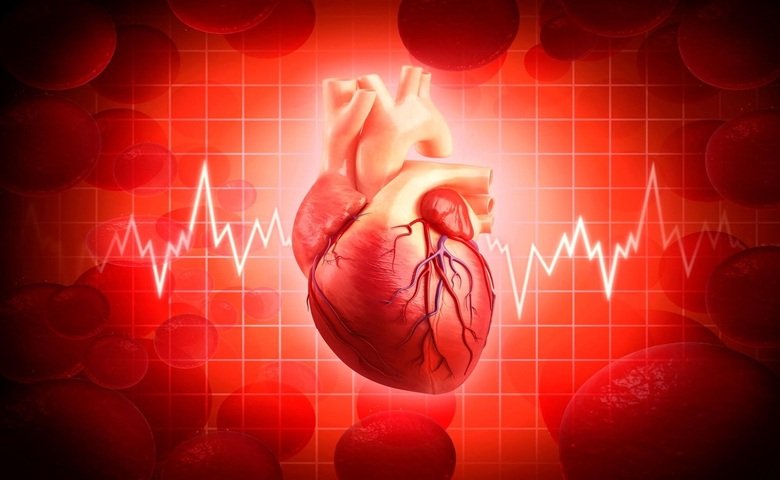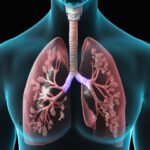The circulatory or cardiovascular, system pumps blood throughout the body. It is made up of capillaries, arteries, veins, and the heart. Globally, cardiovascular disease is now the leading cause of death. People mostly searched for cardiovascular disease causes & treatment. There are numerous ways to lower the likelihood of having these illnesses, though. If they do, there are numerous therapeutic options available. Here, we are trying to explain cardiovascular disease causes & treatment.
There are numerous distinct types of cardiovascular illness. Some of these can manifest simultaneously or give rise to additional disorders or diseases that affect the group. Vascular illnesses impact the arteries, veins, or capillaries in and around the heart as well as the rest of the body.
Making lifestyle changes can help control some cardiovascular disease-related health issues, while other conditions may be life-threatening and require emergency surgery. Read about the cardiovascular disease causes & treatment below:
Table of Contents
Symptoms of Cardiovascular Disease
Depending on the exact disease, symptoms will change. Some illnesses, like type 2 diabetes or hypertension, may not even exhibit any symptoms at first. However, typical signs of a cardiovascular problem are as follows:
- Chest pressure or pain may be a sign of angina.
- Arms, left shoulder, elbows, jaw, or back pain or discomfort
- Breathing difficulty
- Nausea and exhaustion
- Dizziness or drowsiness
- Frosty sweats
Risk Factors of Cardiovascular Disease
According to a study, both men and women have a lifetime risk of cardiovascular disease of more than 50%. Their research confirms that the risk is still higher than 30% even among people who have little or no cardiovascular risk factors. So, people want to read about the cardiovascular disease causes & treatment.
Many cardiovascular risk factors are present in people with just one. For instance, obesity increases the risk of type 2 diabetes, high blood pressure, and high cholesterol. All four circumstances could exist in the same person at once. Cardiovascular disease risk factors include:
- High blood pressure or Hypertension
- Arterial blockages
- Radiation treatment
- Smoking
- Poor sleeping habits
- High lipid levels
- Diabetes
- A diet heavy in carbohydrates and fat
- Physical inactivity
- Obesity
- Sleeping apnea
- excessive alcohol use
- Stress
- Air pollution
Causes of Cardiovascular Disease
Atherosclerosis is a problem that can lead to numerous cardiovascular conditions. Diabetes, as well as other illnesses like a virus, an inflammatory process like myocarditis, or a structural issue present from birth, can cause harm to the circulatory system (congenital heart disease).
High blood pressure frequently causes cardiovascular disease even when it shows no symptoms. People must consequently often get checked for high blood pressure.
Prevention of Cardiovascular Disease
Cardiovascular disorders come in several forms that can be avoided. Since the consequences of the condition build up over time, developing unhealthy lifestyle habits like eating a high-sugar diet and being inactive may not cause cardiovascular disease in a person who is still young. But continuing to be exposed to these risk factors can increase one’s risk of developing cardiovascular conditions later in life. Addressing risk factors requires adopting the following actions:
- Lowering the usage of cigarettes and alcohol
- Consuming fresh produce and fruit
- Lowering consumption of sugar, salt & saturated fat
Treatment of Cardiovascular Disease
The optimal course of treatment for an individual will depend on the specific type of cardiovascular disease they have. However, some choices consist of:
Medication, such as that used to enhance blood flow, lower low-density lipoprotein cholesterol, or control heart rhythm
Surgical procedures like coronary artery bypass grafting and valve replacement or repair
Cardiac rehabilitation, which includes lifestyle guidance and exercise recommendations
The treatment’s goals are to lessen the likelihood that the condition or disease will return or worsen and avoid complications like hospitalization, heart failure, stroke, heart attack, or death.
Depending on the issue, a healthcare professional might also try to improve blood flow by relaxing the arteries, reducing blockages, and stabilizing cardiac rhythms.
Some Important Lifestyle Tips
The following actions can be taken by people to stave off some cardiovascular disease-related conditions:
Control Your Body Weight
A person’s risk of having cardiovascular disease may be decreased if they shed between 5 and 10% of their body weight.
Exercise Regularly
Regular physical activity is needed. 150 minutes a week of physical activity that ranges from moderate to vigorous.
Eat Heart-healthy Foods
Consuming fruits and vegetables together with foods rich in polyunsaturated fats and omega-3, such as fatty fish, can enhance heart health and lower the risk of cardiovascular disease. Similar results can be obtained by consuming less processed food, salt, saturated fat, and added sugar.
Stop Smoking
A major risk factor for practically all types of cardiovascular disease is smoking. Although quitting can be challenging, making the decision to do so can significantly lessen the harmful consequences on the heart.
Use of Aspirin in Cardiovascular Disease

A lot of people probably take aspirin every day as a preventative step for cardiovascular disease. But given that it can cause bleeding, recent recommendations no longer advise most people to do this. The risk surpasses any potential advantages.
However, if a patient has a low risk of bleeding and a high chance of having a cardiovascular event, such as a heart attack or stroke, a doctor might advise taking aspirin.
Eating Fish Can Lower Cardiovascular Disease Risk

Fish contains significant amounts of omega-3 fatty acids and is a good source of protein, iron, and vitamin D. According to a recent study, those who already have vascular disease had a lower risk of cardiovascular disease events when they consume two servings of fish per week.
Fish consumption has positive impacts on blood lipids, such as reducing triglyceride levels, which is why it is healthy for heart health. These favorable effects on triglyceride levels are particularly prominent in individuals with higher triglyceride levels, which is a frequent trait of those at high risk of vascular disease.
The omega-3 fats in oily fish decrease triglycerides and raising HDL cholesterol levels, and studies in the past have demonstrated the health benefits of fish.
Shrimp, salmon, and canned tuna are currently the most common varieties of fish and seafood eaten in the United States. Salmon is a fantastic option because it has the most omega fats and the least mercury of them. Trout, herring, Atlantic mackerel, and sardines are other low-mercury, high-omega-3 alternatives, though they are less well-liked.
Include two servings of fatty fish in your diet each week if you have a vascular disease to help lower your risk of heart attack, stroke, and other vascular disorders. Fish is still a fantastic option even if you don’t have the vascular disease because of its high protein, iron, and vitamin D.
Frequently Asked Questions
1. Can a blood test find cardiac issues?
When their is an injury in heart muscle, a blood test can detect a protein called troponin into the bloodstream. Any cardiac muscle damage can be quickly and precisely measured using the troponin level. It is a part of treatment to support assessment after a suspected heart attack.
2. What are the key factors contributing to cardiovascular disease?
Smoking, high blood pressure, and high cholesterol are major risk factors for heart disease.
3. Which test is the most effective for detecting cardiac issues?
A common test is echocardiography. Using ultrasound, a sort of X-ray provides a picture of your heart. It inserts a probe into your esophagus or onto your chest (throat). It enables your doctor to examine your heart’s chambers and valves for any issues and to assess how well your heart pumps blood.
4. Is heart disease easy to treat?
Although there is no known cure for coronary heart disease, medication can help manage the symptoms and lower the risk of complications like heart attacks. Changes in lifestyle, such as regular exercise and quitting smoking, are among the possible treatments.
5. How can I strengthen my heart?
Be active. Your heart is a muscle, and just like any other muscle, it becomes stronger with activity.
- Give up smoking
- Reduce your weight
- Consume heart-healthy foods
- Don’t overlook the chocolate
- Avoid overeating
- Do not worry
6. How long do individuals with heart problems survive?
Overall, There is a decrease of 8–10% of life expectancy of what you thought it would be. For instance, a person without heart disease can pass away around the age of 85, however, a heart attack reduces life expectancy by 10% or 8.5 years.
7. How do women show indicators of heart disease?
- Discomfort in the neck, jaw, shoulders, upper back, or upper abdomen.
- Respiration difficulty
- Either one or both arms hurt
- Sickness or vomiting
- Sweating
- Dizziness or drowsiness
- Unusual exhaustion
- Heartburn (indigestion)
8. Does coffee consumption benefit the heart?
Coffee has many health advantages. Two to three cups of coffee a day are necessary maintaining a healthy heart.
9. What are three cardiovascular disease red flags or symptoms?
- Chest discomfort, tightness, pressure, and pain in the chest (angina)
- Respiration difficulty
- Back, neck, jaw, throat, upper belly, or back pain
- If their is restriction of blood arteries in the legs or arms, those bodily parts may experience pain, numbness, weakness, or coldness
Also Read: Cheyne-Stokes Breathing Causes
Also Read: Best Foldable Rowing Machine for Home Use
Image credit: Yandex.com















